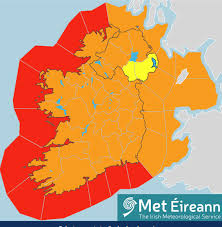Joshua Trees: Race Against Time as California Takes Bold Steps to Save an Icon of the American Desert

A Historic Push to Save an Ancient Species
California has approved an unprecedented conservation plan to protect the iconic Joshua tree from climate change and development. This broad blueprint combines scientific research and traditional ecological knowledge to identify areas where the plant may thrive in a warmer future and outlines strategies to protect that land.
Current Threats and Challenges
Currently, Joshua trees and their habitat are threatened by a warming climate, more frequent and severe droughts, and the spread of invasive grasses and forbs that are increasing the frequency, size, and severity of wildfire.
Research shows that Joshua trees are already migrating to higher elevation parts of the park where conditions are cooler with more ground moisture. In hotter, drier areas, adult trees are struggling to produce new generations, and young plants are failing to survive.
Legal Protection and Conservation Efforts
A recent federal court in California sided with environmentalists, striking down a U.S. Fish and Wildlife Service (FWS) attempt to withhold protections for the Joshua tree under the Endangered Species Act. The court ruled that the FWS decision was unlawful and failed to properly consider climate science.
The new conservation plan recommends several key measures, including limiting development, reducing wildfire risk through invasive grass removal, and introducing Joshua trees with genetic variations that make them more resilient to warming temperatures.
Future Outlook
Scientists have outlined various scenarios for the future of Joshua trees. In the best-case scenario, with major efforts to reduce heat-trapping gases, 19 percent of the tree habitat could be saved after 2070. However, in the worst case, with no reduction in carbon emissions, the park would retain only 0.02 percent of its Joshua tree habitat.
Adding to the complexity, recent studies show that yucca moths, which the Joshua tree relies on to reproduce, are struggling in areas where Joshua trees might survive the heat. As noted by researcher Juniper Harrower, “We’re finding that not only does climate change affect species, it affects how species interact with each other.”
Cultural Significance
The trees hold deep cultural significance, particularly for Indigenous peoples who have traditionally used their roots for basketry, fibers for cordage, and petals and fruits for food. The Native American Land Conservancy has been a partner in creating the conservation plan, supported by a grant from the Wildlife Conservation Board.









